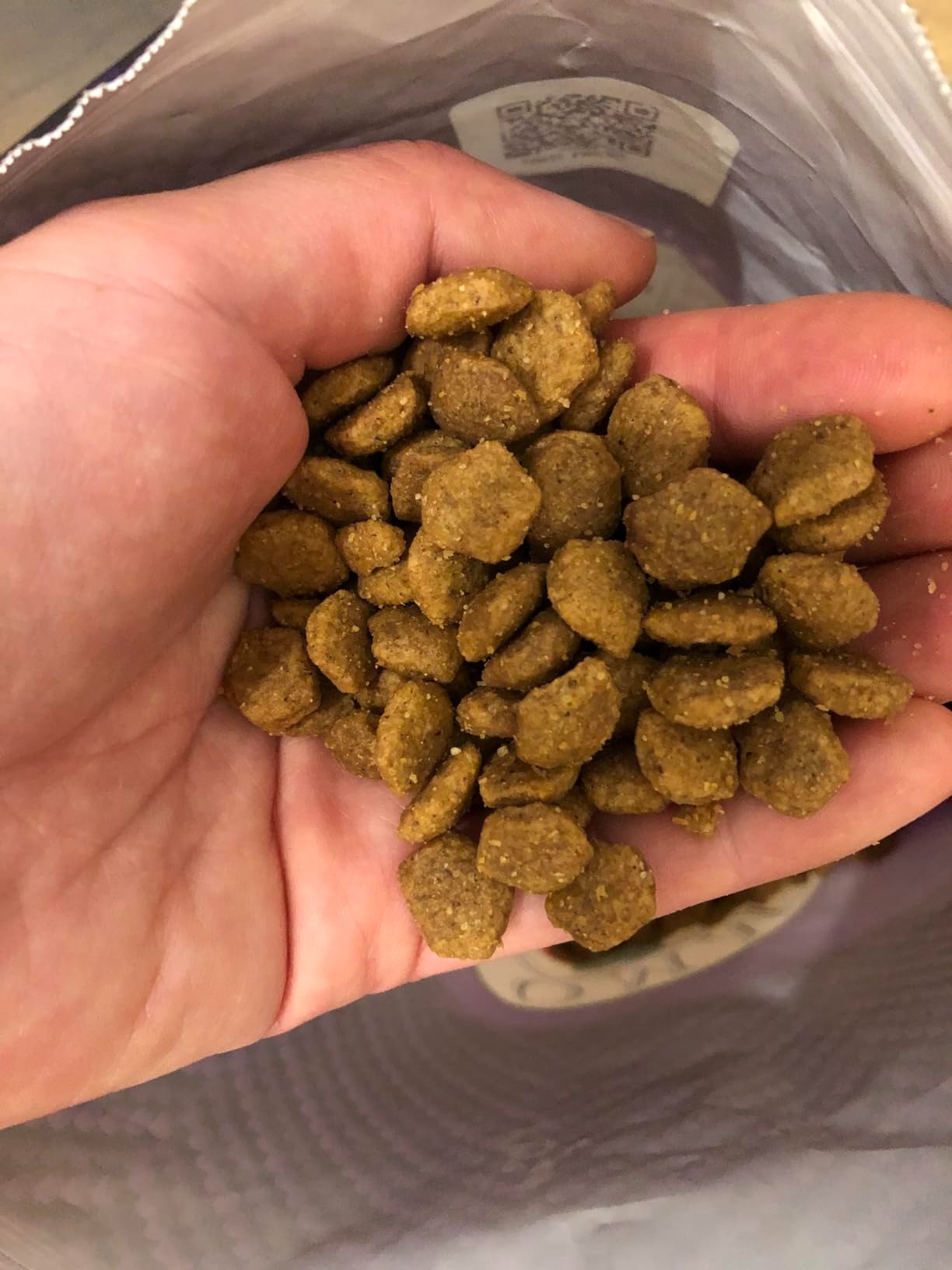Understanding Betta Fish Behavior
Why is my betta fish staying at the bottom of the tank? Betta fish are known for their vibrant colors and active personalities. However, when you notice your betta fish staying at the bottom of the tank, it can be concerning. This behavior might indicate that something is wrong with your fish or its environment.
Bettas are naturally curious and often swim around the tank. If your fish is constantly at the bottom, it may be a sign of stress, illness, or poor water conditions. It’s important to investigate the cause early to prevent further complications.
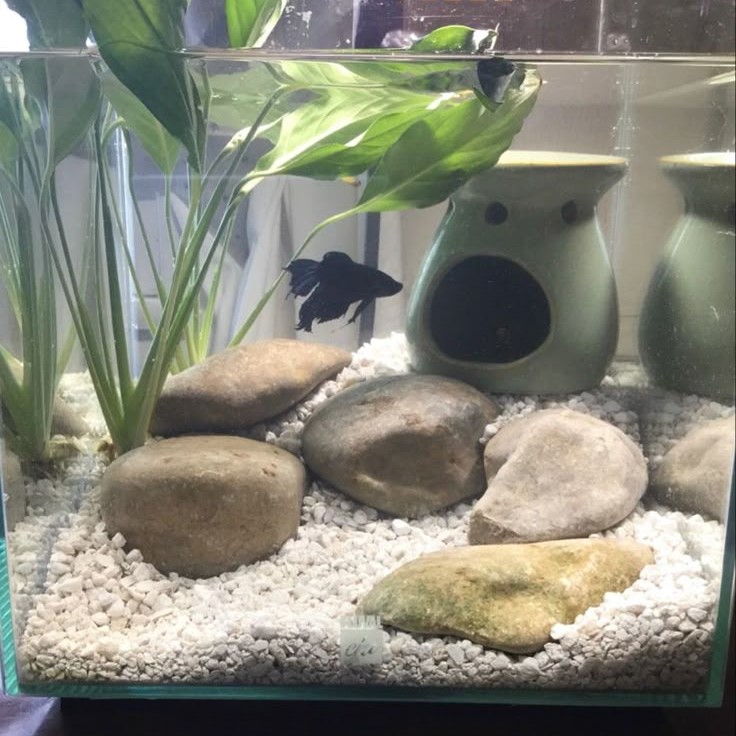
In some cases, this behavior could be normal, especially if your betta is resting or sleeping. But if it persists, it’s best to look into possible issues. Let’s explore the common reasons behind this behavior.
Common Reasons for a Betta Fish Staying at the Bottom
There are several reasons why your betta fish might stay at the bottom of the tank. Some are harmless, while others require immediate attention. Here are the most common causes:
1. Poor Water Quality
Bettas are sensitive to changes in water conditions. High levels of ammonia, nitrite, or nitrates can make your fish uncomfortable and cause it to stay at the bottom. Poor water quality is one of the leading causes of stress in betta fish.
2. Low Oxygen Levels
If the water lacks oxygen, your betta may struggle to breathe and seek out areas with better circulation. This often happens in tanks without proper filtration or aeration.
3. Illness or Disease
Betta fish can suffer from various illnesses, such as fin rot, bacterial infections, or parasites. These conditions can make your fish weak and less active, causing it to remain near the bottom.
4. Temperature Issues
Bettas thrive in warm water, typically between 78°F and 82°F (25°C to 28°C). If the water is too cold, your fish may become sluggish and stay at the bottom to conserve energy.
5. Stress or Anxiety
Other fish in the tank, sudden changes in environment, or loud noises can stress your betta. A stressed betta may hide or stay at the bottom to feel safe.
Understanding these causes helps you take the right steps to help your fish feel better.
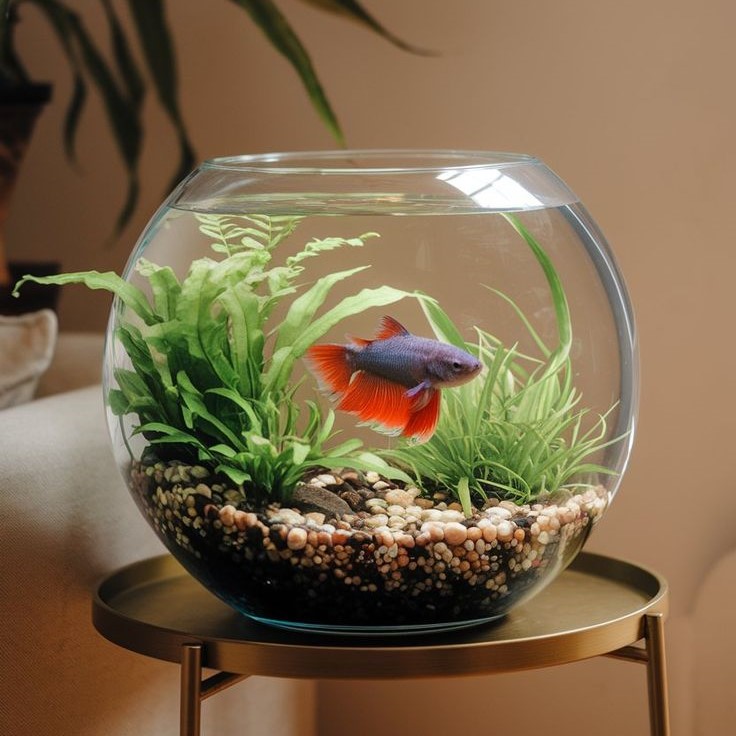
How to Check Water Quality for Your Betta Fish
Why is my betta fish staying at the bottom of the tank? One of the first things you should do when your betta stays at the bottom of the tank is to check the water quality. Poor water conditions are a common reason for unusual behavior in betta fish.
Use a water test kit to measure the levels of ammonia, nitrite, and nitrate. Ideal levels are:
- Ammonia: 0 ppm
- Nitrite: 0 ppm
- Nitrate: Below 20 ppm
If any of these levels are high, perform a partial water change immediately. Replace 25% to 50% of the water with clean, dechlorinated water. Make sure the new water has the same temperature as the tank to avoid shocking your fish.
Also, check the pH level. Betta fish prefer a slightly acidic to neutral pH, ideally between 6.5 and 7.5.
Regular water testing and maintenance are essential for keeping your betta healthy and active.
Recognizing Signs of a Sick Betta Fish
If your betta fish is staying at the bottom of the tank, it might be unwell. Look for other signs of illness to determine if medical attention is needed.
Common symptoms of illness in betta fish include:
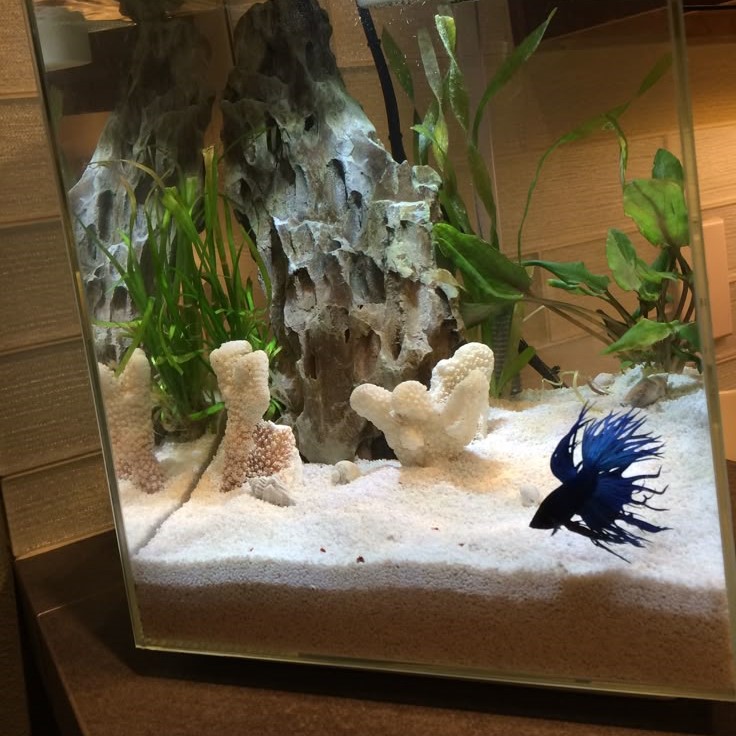
Lethargy or Lack of Movement
Your betta fish may appear inactive and show little to no movement.
It might stay at the bottom of the tank for long periods without swimming around.
This behavior is often a sign that the fish is not feeling well or is stressed.
In some cases, it could be due to poor water quality, illness, or environmental factors.
If your betta is not moving as usual, it’s important to check the tank conditions and observe for other symptoms.
Loss of Appetite
One of the most common signs that something is wrong with your betta is when it refuses to eat.
You may notice that your fish ignores food even when it’s offered.
A loss of appetite can be caused by stress, illness, or an unclean environment.
Over time, this can lead to weight loss and weakened immunity.
Monitor your betta closely and try offering different types of food to see if it eats.
Fins That Are Clamped or Torn
Clamped fins are when the fish’s fins are held tightly against its body, instead of being spread out.
This is a sign of stress, discomfort, or illness, such as fin rot or bacterial infection.
Torn or frayed fins can result from physical injury or poor water conditions.
If the fins look ragged or discolored, it may indicate a serious health issue.
Keep an eye on the condition of your betta’s fins and take action if they don’t improve.
White Spots or Patches on the Body
White spots or patches on your betta’s body are often a sign of a parasitic infection, such as ich (Ichthyophthirius multifiliis).
These spots may look like small grains of salt scattered across the skin.
The infection can cause irritation, leading to scratching against objects in the tank.
If left untreated, it can spread quickly and become fatal.
Early detection and treatment are crucial to saving your betta’s life.
Rapid Breathing or Gasping at the Surface
Rapid breathing is when your betta’s gills move very fast, which can be a sign of distress.
Gasping at the surface means the fish is struggling to get enough oxygen.
This behavior can be caused by low oxygen levels, high ammonia or nitrite levels, or disease.
Poor water circulation or lack of aeration can also lead to this issue.
If your betta is gasping, it’s important to check the water parameters and improve oxygenation immediately.
Swollen Belly or Abnormal Posture
A swollen belly can be a sign of internal issues such as bloating, constipation, or a parasitic infection.
Your betta may appear rounder than usual or have a distended abdomen.
An abnormal posture, such as floating upside down or sinking to the bottom, can indicate a swim bladder problem.
This issue is often linked to overfeeding or poor diet.
If your betta shows these symptoms, it’s best to consult a professional or adjust its feeding habits.
If you notice any of these signs, it’s important to act quickly. Isolate the fish in a separate tank if possible and consult a veterinarian or an experienced aquarist for advice.
The Role of Tank Environment in Betta Behavior
The environment in your betta’s tank plays a big role in its behavior. A poorly maintained or unsuitable habitat can lead to stress and unhealthy habits, such as staying at the bottom of the tank.
Make sure your tank is large enough for your betta. A minimum of 5 gallons is recommended, but larger tanks provide more stable conditions.
Add hiding places like plants, caves, or decorations to give your betta a sense of security. Bettas are territorial and may feel threatened if there’s nothing to hide in.
Avoid placing the tank in a high-traffic area or near loud noises. A calm, quiet environment helps your betta feel safe and comfortable.
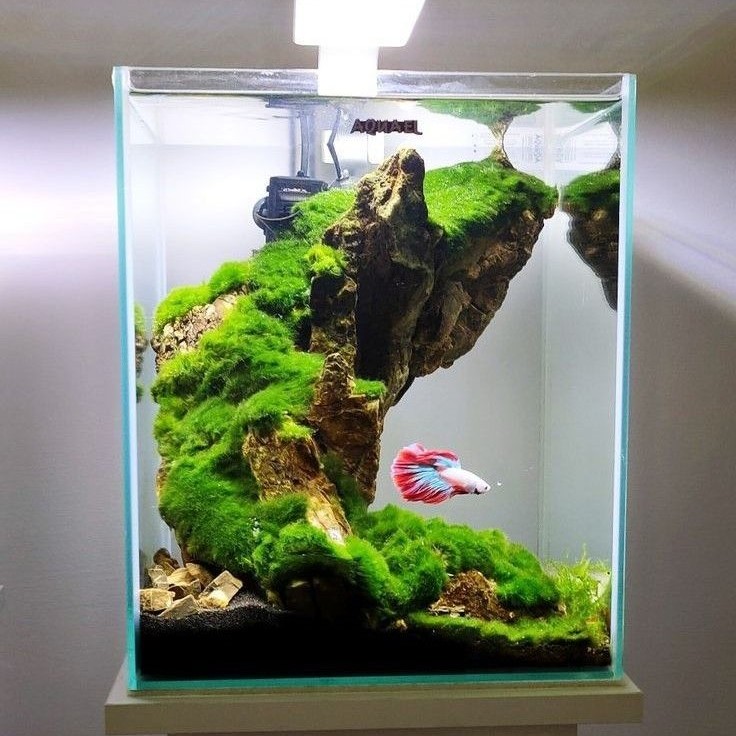
By improving the tank setup, you can encourage your betta to swim more and reduce the likelihood of it staying at the bottom.
How to Improve Oxygen Levels in the Tank
Low oxygen levels can cause your betta fish to stay at the bottom of the tank. This usually happens when the water isn’t circulating properly or the tank lacks aeration.
To improve oxygen levels:
- Use a filter that provides gentle water flow. A good filter helps maintain water quality and increases oxygenation.
- Add an air pump or bubble wand to increase surface agitation. This helps oxygen dissolve into the water.
- Avoid overstocking the tank. Too many fish can reduce oxygen availability and increase waste buildup.
If your betta is struggling to breathe, it may start gasping at the surface. This is a serious sign that the water is low in oxygen. Take action immediately to restore proper oxygen levels.
A well-aerated tank supports a healthy, active betta fish.
What to Do If Your Betta Fish Is Stressed
Stress is a common cause of unusual behavior in betta fish. When stressed, your betta may hide, stay at the bottom, or lose interest in food.
Identify potential stressors in the tank:
- Other aggressive fish
- Sudden changes in water temperature or lighting
- Lack of hiding spots
- Overfeeding or poor diet
Reduce stress by maintaining a stable environment. Keep the water temperature consistent, provide hiding places, and feed your betta a balanced diet.
If your betta is stressed, it may take time to recover. Be patient and monitor its behavior closely. If the stress continues, consider moving it to a quieter, more suitable tank.
A calm and secure environment helps your betta feel safe and active.
Long-Term Care and Prevention for Healthy Betta Fish
Preventing your betta fish from staying at the bottom of the tank requires long-term care and attention. By maintaining a clean, stable, and stimulating environment, you can ensure your betta lives a happy and healthy life.
Here are some key practices to follow:
1. Regular Water Changes
Perform weekly water changes to keep the tank clean and free from harmful chemicals. Always use a water conditioner to remove chlorine and chloramines.
2. Proper Filtration
Use a high-quality filter that matches the size of your tank. Clean or replace the filter media regularly to maintain optimal performance.
3. Balanced Diet
Feed your betta a varied diet of high-quality flakes, pellets, and occasional live or frozen foods. Avoid overfeeding, as this can pollute the water and harm your fish.
4. Monitor Behavior Daily
Observe your betta daily for any changes in behavior. Early signs of distress can be addressed before they become serious.
5. Provide Enrichment
Add decorations, plants, and toys to keep your betta entertained. A stimulating environment encourages natural behaviors and reduces boredom.
By following these steps, you can create a safe and enjoyable home for your betta fish and prevent it from staying at the bottom of the tank.
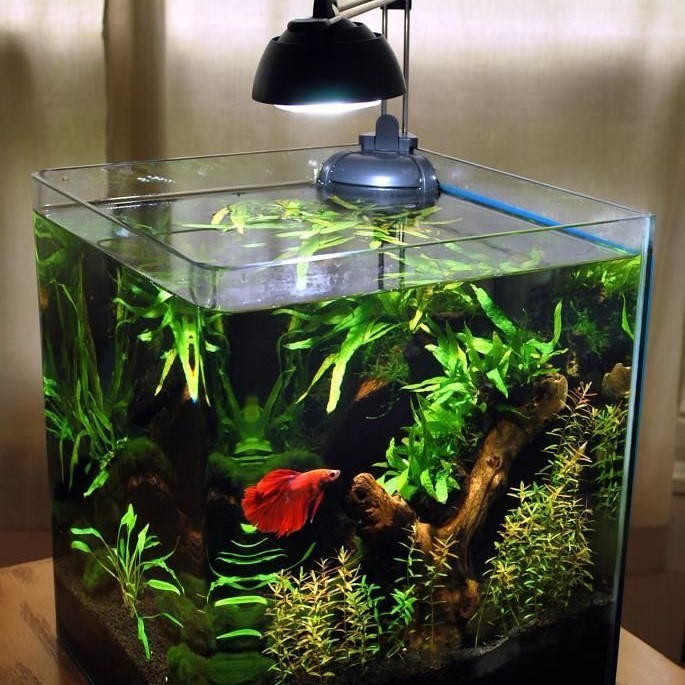
Conclusion
Why is my betta fish staying at the bottom of the tank? There are many possible reasons, ranging from poor water quality to illness, stress, or environmental factors. It’s important to observe your fish closely and take action if necessary.
By checking water conditions, identifying signs of illness, and improving the tank environment, you can help your betta feel better and return to its usual active behavior.
Remember, a happy and healthy betta fish is a lively and engaging pet. If your betta stays at the bottom of the tank, don’t ignore it—take the time to understand what’s going on and provide the care it needs.
Why is my betta fish staying at the bottom of the tank? With the right knowledge and care, you can ensure your fish lives a long, healthy, and happy life.







